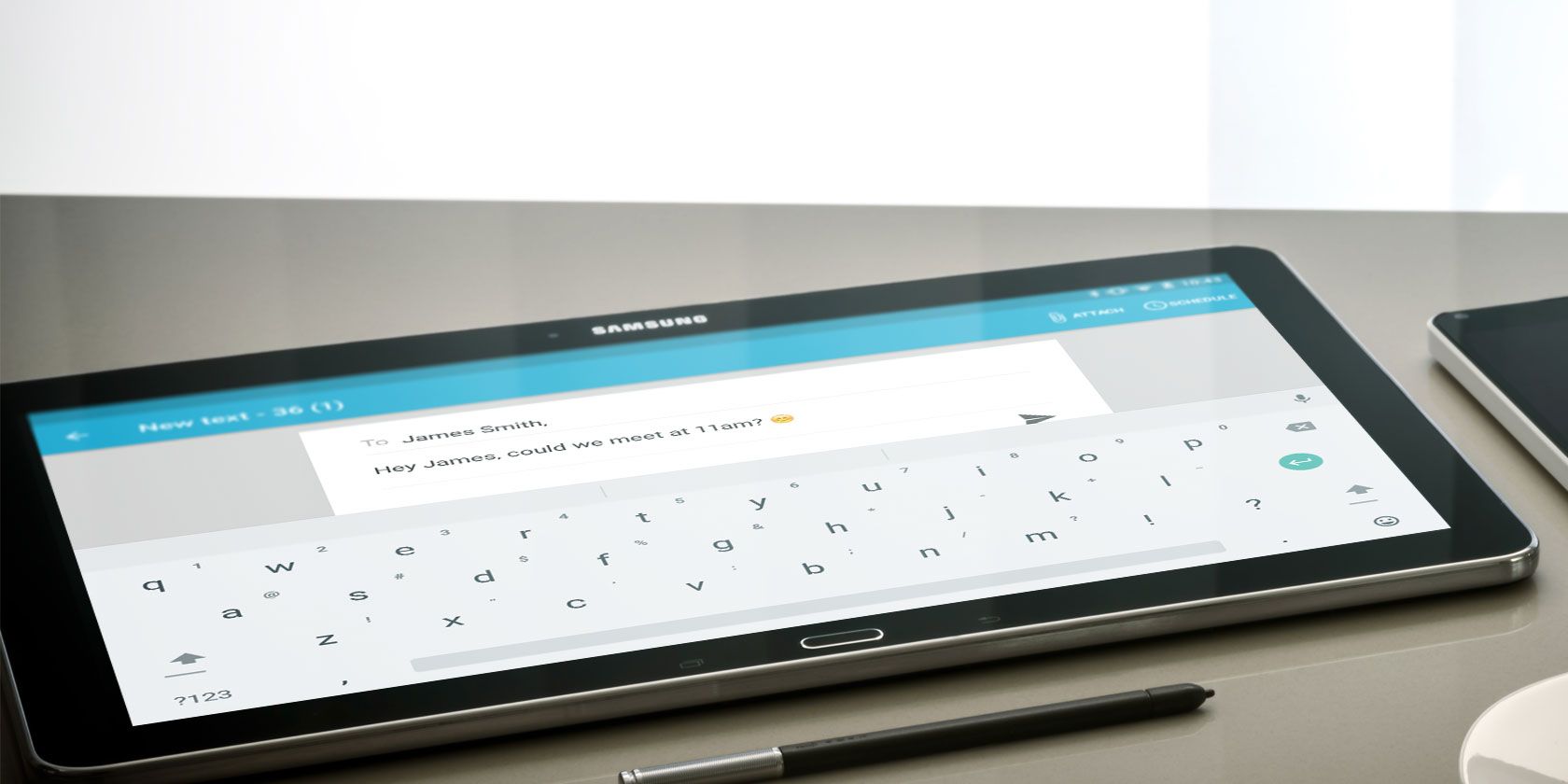
Understanding the Basics
Android tablets typically lack phone capabilities, which means they cannot send or receive SMS messages directly through the default Messaging app. However, workarounds and third-party apps can help you exchange text messages with mobile phone users.
Steps to Enable SMS on Android Tablet
Ensure Your Tablet is Connected to the Internet
- Connect your tablet to either a Wi-Fi or cellular network.
- Without an internet connection, sending or receiving SMS messages, even with third-party apps, is impossible.
Use a Messaging App That Supports SMS
- Download and install a messaging app that supports SMS, such as the Messages app by Google.
- This app is available on the Google Play Store and can be used to send and receive SMS messages.
Configure Your Tablet to Receive SMS Messages
- Go to Settings.
- Navigate to Messages.
- Tap on More settings.
- Ensure that the “Receive text messages” option is turned on.
Check with Your Carrier
- Contact your carrier to see if SMS service is enabled for your tablet.
- Sometimes, your carrier might not have enabled SMS service for your tablet.
Troubleshoot Common Issues
- Ensure your tablet is connected to the internet.
- Verify you are using a messaging app that supports SMS.
- Check if your tablet is set up to receive SMS messages.
- Contact your carrier to confirm SMS service is enabled.
- If issues persist, contact Samsung for assistance if you have a Samsung tablet.
Using Third-Party Apps
Since native support for SMS on Android tablets is limited, using third-party apps is often the best solution. Here are two popular alternatives:
Pulse SMS
-
Download and Install Pulse SMS on Your Phone
- Download and install Pulse SMS on your phone.
- Open the app and follow the prompts to make it your default SMS app.
-
Sign Up for a Pulse Account
- Enter the left slide-out menu and select “Text from any device.”
- Sign up for a Pulse account and select a plan (or use the free trial).
- Access your account information at the top-left of the menu.
-
Install Pulse SMS on Your Tablet
- Install Pulse SMS on your tablet.
- Launch it, enter the left menu, and select “Text from any device.”
- Sign in with your account to access all messages on your tablet.
-
How Pulse SMS Works
- The Pulse experience is consistent across devices.
- The service provides texting programs for Windows, macOS, iOS, the web, and other platforms.
- All messages are sent via your Android phone, so your phone must be turned on and have a signal.
Mysms
-
Download and Install Mysms
- Download and install Mysms from the Google Play Store or another app store.
-
Sign In and Send Messages
- Sign in and send messages from your computer by visiting app.mysms.com.
- The service also provides apps for Windows, macOS, and iOS.
Additional Tips
Using Email Software
- Exchange text messages with mobile phone users using any Android device’s email software.
- If recipients respond directly through their phone’s text messaging program, you will receive their response on your device, allowing you to continue the conversation.
Troubleshooting Tips
- Issue: Your tablet is not connected to the internet.
Solution: Connect your tablet to a Wi-Fi or cellular network. - Issue: You are using a messaging app that does not support SMS.
Solution: Download and install a messaging app that supports SMS, such as the Messages app by Google. - Issue: Your tablet is not set up to receive SMS messages.
Solution: Go to Settings > Messages > More settings > Text messages and ensure the “Receive text messages” option is turned on. - Issue: Your carrier has not enabled SMS service for your tablet.
Solution: Contact your carrier to see if SMS service is enabled for your tablet. - Issue: There is a problem with your tablet’s hardware or software.
Solution: If you have tried all of the above and still cannot turn on SMS on your tablet, contact Samsung for assistance.
Enabling SMS on an Android tablet requires some extra steps compared to smartphones due to their lack of phone capabilities. However, by following these steps and using third-party apps like Pulse SMS or Mysms, you can effectively exchange text messages with mobile phone users. Troubleshoot common issues and ensure your tablet is connected to the internet and configured correctly for SMS reception. With these solutions in place, seamless communication across all your devices is possible.
